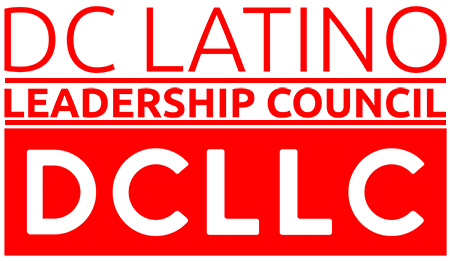Using the increase of income-driven payment (IDR) plans offering loan forgiveness after 20 or 25 several years of re re payments, few borrowers now would select to just just take three decades to cover their loans off.
Although IDR plans could make your monthly premiums more affordable, the bad news is which you don’t get mortgage loan reduction. Therefore using longer to cover your loans off can add on thousands in interest expenses. Another method of reducing your monthly payment or even spend your loans down faster would be to refinance into that loan with a lowered rate of interest.
The very good news is borrowers who put it away and acquire their degree are more inclined to spend their loans down from the standard 10-year timetable, provided that they keep their general borrowing consistent with their yearly profits.
Normal time for you to repay figuratively speaking www.speedyloan.net/reviews/lending-club-loans/ by academic attainment
Getting the bachelor’s level typically calls for a significant level of borrowing — two-thirds of 2017 graduates lent for university, accepting on average $28,500 in debt.
But grad college can be much more high priced. Grad pupils whom borrow to make a master’s or doctorate just just take in on average $84,300 in education loan financial obligation, while a expert level in a industry like legislation or medication can involve accepting $186,600 in loans.
Although grad college can offer an earnings that are significant, that’s not necessarily the way it is. Therefore it makes sense that debt taken on to make a degree that is graduate just take longer to settle.
Based on a study of 61,000 respondents carried out by One Wisconsin Institute, the time that is average pay back education loan financial obligation is 21.1 years. The time that is average repay education loan financial obligation by level type had been:
- Some university (no level): 17.2 years
- Connect degree: 18.3 years
- Bachelor’s level: 19.7 years
- Graduate degree: 23 years
One Wisconsin’s information may not be representative and may be studied with a grain of salt. The information is dependant on responses to a study delivered to a system of not-for-profit companies in 2013, by which borrowers were expected to calculate just how long it can just simply take them to cover their loans off.
Regrettably, difficult information on what long borrowers actually decide to try repay their student education loans on average is scarce, relating to researcher Colleen Campbell with all the Center for United states Progress.
“Re-enrollment, standard, postponements, delinquencies, and opting into other payment plans can all cause borrowers to fund a longer time of the time, however it is ambiguous the length of time these occurrences repayment that is prolong how many times borrowers encounter every one of them, and exactly how a whole lot more they spend in the end, ” according to Campbell.
Nonetheless, other studies of borrowers can offer snapshots over time. One of the better resources of info is the nationwide Center for Education Statistics (NCES), the analytical arm for the Department of Education.
Whenever NCES looked over how good pupils had been doing repaying their loans 12 years after starting university, it discovered that people who had finished their levels within 6 many years of beginning college were doing a lot better than those that dropped away.
In accordance with NCES’ analysis, right right right here’s the percentage of pupils who paid down their loans 12 years after beginning university according to whether or not they got a qualification:
Not merely had been students whom received their level about twice as prone to have paid down their loans, however they had been about eight times less likely to want to have defaulted. Eight in 10 pupils whom obtained their levels had been either in repayment (48.6%) or had paid down their loans (31.6%). But approximately 50 % of dropouts had been trouble that is still having years after starting college, with 29% in standard, and 22% in deferment.
That nearly one-third of students whom received their bachelor’s degree had paid back their loans within 12 many years of beginning school is notable, given that most pupils don’t begin repaying their loans until a few months after making school. Therefore 12 years after beginning school, these types of pupils would have only held it’s place in payment for six or eight years — meaning they were able to spend their debt off faster compared to the standard 10-year schedule.
NCES has additionally looked over outcomes for pupils two decades after beginning college. The comparison between graduates and dropouts is equally as stark.
In accordance with NCES, here’s the percentage of pupils whom paid down their loans 20 years after beginning university according to whether or not a degree was got by them:
Just exactly How profits after college affect education loan payment prices
The income boost that graduates have when they perform their level can really help them repay their loans on some time avoid standard.
